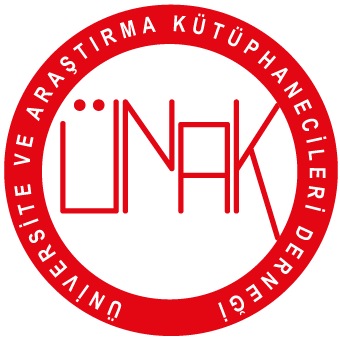Collaboration and Team Science: From Theory to Practice
DOI:
https://doi.org/10.15612/BD.2013.131Keywords:
Collaboration, Trust, Translational research, Managing conflict, Promoting disagreement, Sharing creditAbstract
Interdisciplinary efforts are becoming more critical for scientific discovery and translational research efforts. Highly integrated and interactive research teams share a number of features that contribute to their success in developing and sustaining their efforts over time. Through analysis of in-depth interviews with members of highly successful research teams and others who did not meet their goals or ended because of conflicts, we identified key elements that are critical for team success and effectiveness. There is no debate that the scientific goal sits at the center of the collaborative effort. However, supporting features need to be in place to avoid the derailment of the team. Among the most important of these is trust: without trust, the team dynamic runs the risk of deteriorating over time. Other critical factors of which both leaders and participants need to be aware include developing a shared vision, strategically identifying team members and purposefully building the team, promoting disagreement while containing conflict, and setting clear expectations for sharing credit and authorship. Self-awareness and strong communication skills contribute greatly to effective leadership and management strategies of scientific teams. While all successful teams share the characteristic of effectively carrying out these activities, there is no single formula for execution with every leader exemplifying different strengths and weaknesses. Successful scientific collaborations have strong leaders who are self-aware and are mindful of the many elements critical for supporting the science at the center of the effort.
Downloads
Published
How to Cite
Issue
Section

This work is licensed under a Creative Commons Attribution 4.0 International License.






